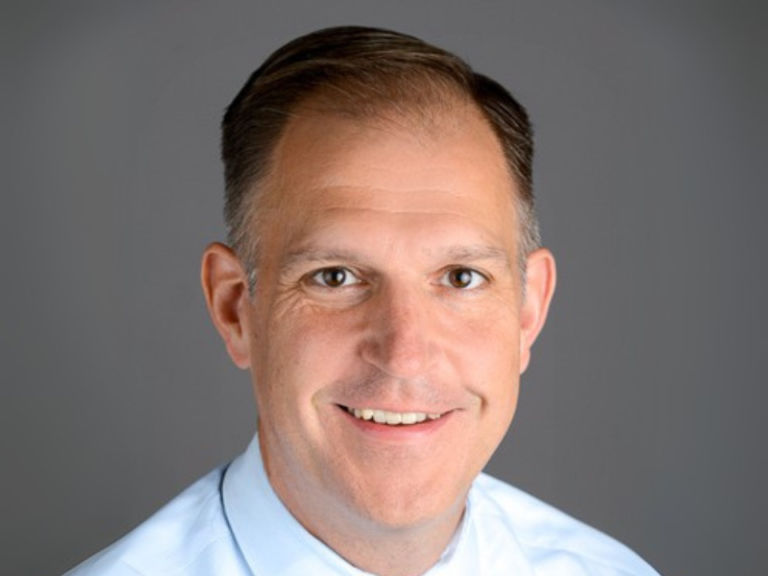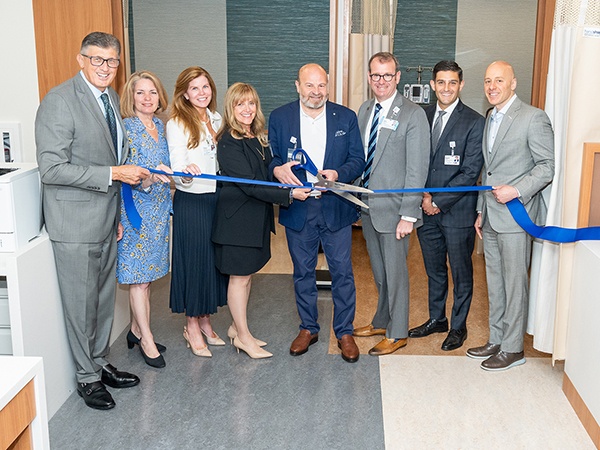Consortium cancer centers have been around for 50 years—since the signing of the National Cancer Act of 1971.
The consortium model has generated a lot of interest in recent years , in part because technology is making it easier to do science and run institutions across long distances (The Cancer Letter, April 19, 2013; May 10, July 12, 2019; July 2, 2020).
NCI’s attitude toward consortia has varied over the years, with changes largely following the contours of development of the science of cancer control, said Robert C. Young, who has observed consortium cancer centers from multiple vantage points: as associate director of the NCI Centers and Community Oncology Program, as president and CEO of Fox Chase Cancer Center (which started out as a consortium), as chairman of the External Advisory Board of Dana Farber/Harvard Cancer Center, and as chairman of the NCI Board of Scientific Advisors.
After NCA was enacted, several institutions formed consortia, leveraging their resources.
“Most of the small cancer centers at the time were basic science-oriented, and they really didn’t have cancer control programs,” Young said to The Cancer Letter. “And so, there was a lot of discussion about, well, how could you create these outreach cancer control programs? And so, a lot of squirreling around was done to try to create mechanisms by which you could bring in community-based activities and community-based, so-called cancer control.
“Actually, what happened is that cancer control and prevention became a real science, and scientists based in cancer centers became the drivers of cancer control.
“But that was 20 years after the fact. Early on, there weren’t such people in the centers. So, there was a great deal of interest in creating these things, like the Northern California Cancer Center, and the Illinois Cancer Control group, bringing together consortiums of people to facilitate the cancer control research effort,” Young said.
Consortia were controversial from the start, and by mid-1980s, several had either dissolved because of the lack of resources or lost NCI designations after failing to withstand peer review by NCI.
The NCI designation rules were tightened at that time, and institutions that were considering the consortium cancer center model were being discouraged from doing so by NCI officials.
This changed in the late 1990s, when NCI came out in opposition to creating multiple cancer centers in Boston. At the same time, in Seattle, Robert Day, director of the Hutch from 1981 to 1997, was waging local political battles to create a consortium cancer center in Seattle.
A package of stories on the Seattle consortium was published in last week’s issue (The Cancer Letter, July 16, 2021).
Young spoke with Paul Goldberg, editor and publisher of The Cancer Letter.












